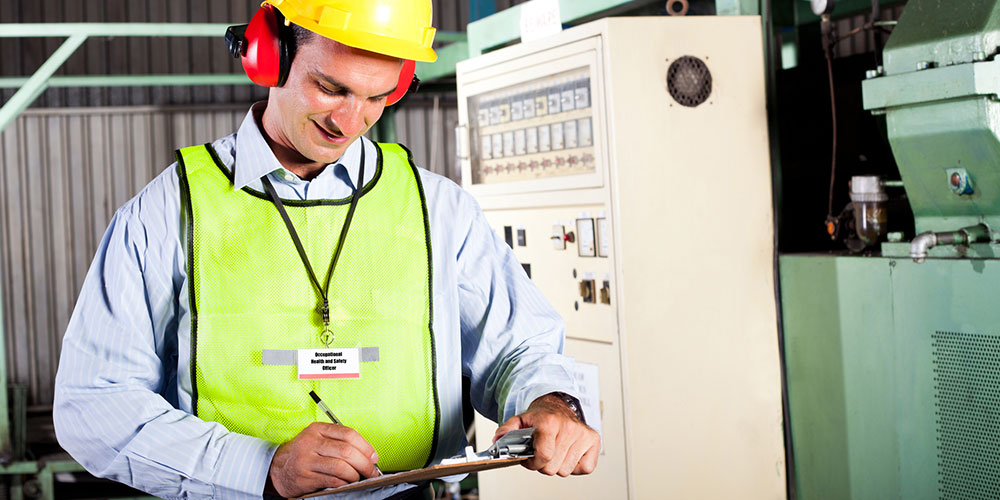Since 2012 - Smart Weigh is committed to helping clients increase productivity at a reduced cost. Contact us Now!
Since 2012 - Smart Weigh is committed to helping clients increase productivity at a reduced cost. Contact us Now!
A good inspection program can help you spot potential packaging problems and check the efficacy of your current measures to reduce hazards. The working conditions in the packaging industry are unpredictable and may shift every day.
A thorough packaging machine inspection plan is required to ensure that these alterations are not jeopardizing food safety. This system will verify that the measures taken to assure the quality of the final product are effective. Verification in this context refers to a hands-on, in-person inspection of the facility at various stages of operation.
Here is everything you need to know about the steps involved in packaging machine inspection.
What exactly is meant by "Machine Inspection"?
The state of the machine must be inspected on a regular basis while it is being used, but that is not all that goes into machine inspection. Even though this daily check is very important, there are other kinds of inspections that you need to perform in order to identify the potential dangers that could result in the machine breaking down unexpectedly.
Who is responsible for packaging machine inspection?
Is it a solitary individual or does it consist of a multi-disciplinary crew with a variety of skills and areas of expertise that each member can contribute to the process of inspection? Machine checks should ideally be carried out by highly-trained and certified professionals who are either provided by or specifically advised by the maker of the original packaging equipment.

A bearing that is about to fail might seem to one member of the team like nothing more than an obnoxious noise, but an experienced member of the maintenance team might recognize the noise as being indicative of a bearing that is about to fail. When there are more people monitoring the facility, there is a greater chance of discovering problems that could compromise the packaging machine's level of safety.
What exactly does it involve to inspect a packaging machine?
When it comes to applications, facilities, and equipment, inspections can encompass a wide variety of activities. In general, the following items should be checked during a fundamental equipment inspection:
● A to-do list or checklist that is based on a predetermined strategy or goal for the inspection.
● A comprehensive, visual examination of the operation of the equipment and its components
● A safety check that takes failsafe functionality into consideration.
● Observation of the operation
● Analysis of wear and tear
● Recommendations for immediate, intermediate, and long-term maintenance actions to meet needs found during the inspection
● The scheduling of any urgent preventative maintenance work that were identified during the inspection
● Detailed documentation, including a report and a summary of the inspection
How often should machines be inspected?
At the very least once a year, all of the machinery in your possession should be checked thoroughly. An check twice a year will usually give sufficient maintenance advantages to offset the expenditure. As was previously noted, preventive maintenance checks should not be equated with machine health inspections. Inspecting machinery is a complex job with measurable outcomes.

Advantages of Using Inspection Machines
Inspecting your machines on a regular basis can help you in many ways. Among these are:
Improved dependability
Having your equipment checked for health on a regular basis will help you anticipate and prepare for any potential problems that may arise. A more preventative strategy can result in fewer malfunctions and less unscheduled downtime overall, improving your equipment's reliability metrics.
Superior final product quality
A reduction in component faults and rejects, as well as rework and wasted time and material, can be attributed to the frequent inspection and maintenance of equipment.
Clearer understanding of upkeep and repair
With the help of a well-thought-out machine health inspection plan, inspectors can become intimately familiar with each piece of machinery in the facility. This method can offer the intangible benefits of trustworthy instincts on maintenance and performance, in addition to producing more pieces of data by which to plan the maintenance and repair needs.
Increased durability
Equipment is less likely to malfunction or sustain damage due to maintenance difficulties if it is inspected & maintained in accordance with a plan. When implemented as part of an inspection strategy, the proverbial "packaging machine" should function as expected for a significantly longer period of time.
More secure working conditions
Inadequate attention to maintenance needs puts the lives of those using the equipment and those working in the facility in danger. In the event of a malfunction, the facility and the surrounding region could be put in danger. In many cases, increased worker safety is another benefit for businesses that conduct routine equipment health inspections.
Saving money on repairs
Investing in a strategy to evaluate the health of your machinery will usually return benefits in the form of less downtime, fewer emergency repairs or part orders, longer equipment serviceability, and more efficient inventory ordering and management.
Conclusion
During machine inspection, there are many items to check, and it is possible that the paper checklist will not be enough to ensure that departments within an organization are working in conjunction with one another. In order to reduce the amount of time spent communicating while maintaining accuracy, you will want an integrated system.
CONTACT US
Building B, Kunxin Industrial Park, No. 55, Dong Fu Road , Dongfeng Town, Zhongshan City, Guangdong Province, China ,528425
How We Do It Meet And Define Global
Related Packaging Machinery
Contact us, we can give you professional food packaging turnkey solutions

Copyright © Guangdong Smartweigh Packaging Machinery Co., Ltd. | All Rights Reserved